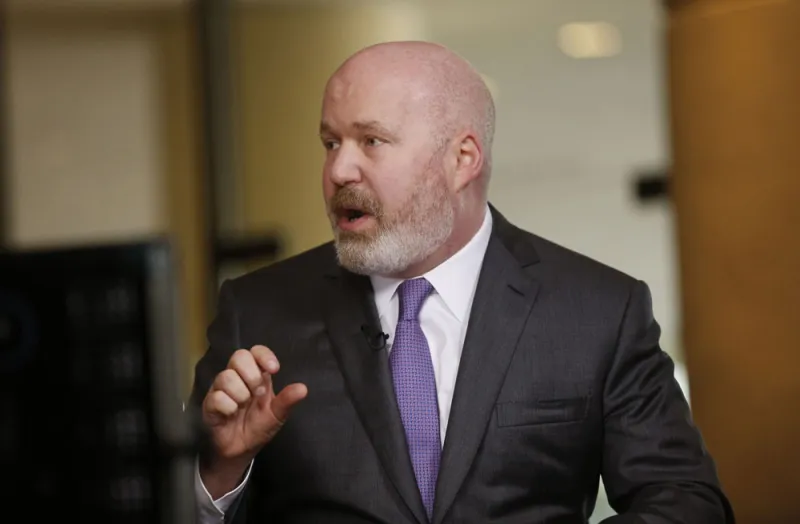AQR Capital Management co-founder Cliff Asness’s stubborn loyalty to value investing is finally paying off.
While many of AQR’s funds are in the black this year, one need look no further than AQR’s risk premium fund to see some of the biggest gains.
This year, the AQR Style Premia Alternative Fund, a publicly traded risk premium mutual fund, has gained 19.3 percent through April 23. That fund fell 19.23 percent last year, according to a private database.
AQR is also outperforming some of its quant peers.
For example, Two Sigma’s risk premium funds were down for the year through March on top of a decline last year.
Two Sigma Risk Premia Standard fell 7.62 percent in 2020 and was down 1.43 percent through March, according to the same private database. A levered fund, Risk Premia Enhanced, fell 11.76 percent last year and was down 2.15 percent this year through March. Since then, both funds have managed to get back into the black and were up about 2 percent and 3 percent, respectively, as of April 23, according to an individual familiar with the performance.
Even with AQR’s big run up this year, its risk premium strategy has done poorly over time. Since the mutual fund’s inception in 2013, it has annualized at only 0.55 percent.
Asness, the firm’s chief investment officer, has frequently attributed the firm’s recent underperformance to the dismal performance of value, an investment factor designed to capture stocks that are cheap relative to their true worth.
“Sure, the last nearly three years have hurt, but at least the explanation was straightforward. A core part of our process, value, suffered,” Asness wrote on his blog, Cliff’s Perspectives, last December, in a piece entitled “A Gut Punch.”
[II Deep Dive: Cliff Asness Has Once Again Come to Value’s Defense]
By March, when AQR’s comeback was under way, Asness was admitting that value’s woes had been bad for a decade.
“Everyone knows the value strategy has been quite bad for the last 10+ years with the 2018–2020 period essentially a crash,” he wrote in a March 4 blog post.
But even with the comeback, by March 24 he was posting that value was “at a very extreme level of cheapness today.”
He has not changed his mind — and is cautiously optimistic about the value rebound.
“Look, there are never guarantees, but in 23 years at AQR, and in trading this stuff for 27 years, I’ve seen this movie at least twice before,” he said in a statement to Institutional Investor. “When extreme cheapness, like we still see today for value versus growth, starts to align with momentum, the recovery has been very strong and lasted for quite a long time. While 2018-2020 was actually the toughest period I’ve seen yet, the first three months of 2021 have made for one of the strongest starts to a year we have had in our history. I wouldn’t be surprised if this recovery was the biggest and the longest.”
Perhaps there’s more room to run for AQR’s strategies.
Here are some of the latest year to date year to date numbers, courtesy of an individual familiar with the numbers.
AQR’s corporate arbitrage strategy is up 7.8 percent year to date through March.
Its global macro strategy is up 11.8 percent year to date through March.
The absolute return strategy, AQR’s broadest and longest-running multistrategy focus, was up 21.6 percent through March.
On the mutual fund side, its best performer has been its AQR Long/Short Equity Fund Class 1, which rose 21.3 percent through April 23. The Equity Market Neutral Fund Class 1 gained 14.1 percent through April 23.
AQR remains one of the industry’s giants, in both hedge funds and mutual funds, with about half of its assets in long-only strategies. As of March 31, AQR managed $140 billion, down only slightly from the $143 billion a year ago, according to an individual familiar with the numbers.
But AQR’s regulated assets under management, the figure reported to the Securities and Exchange Commission annually that also includes leverage, has fallen sharply over the past year.
AQR’s regulated assets under management fell from $248.9 billon in 2019 to $164.4 billion last year. By that measure, the decline has pushed AQR from second place behind Millennium Management, with about $295 billion, to the number three spot, behind Citadel, which has roughly $244 billion.







